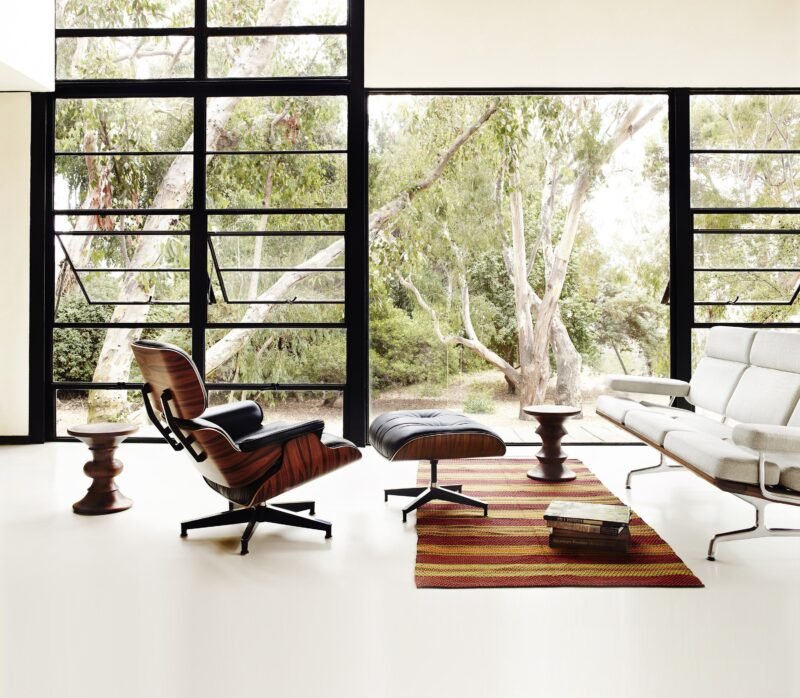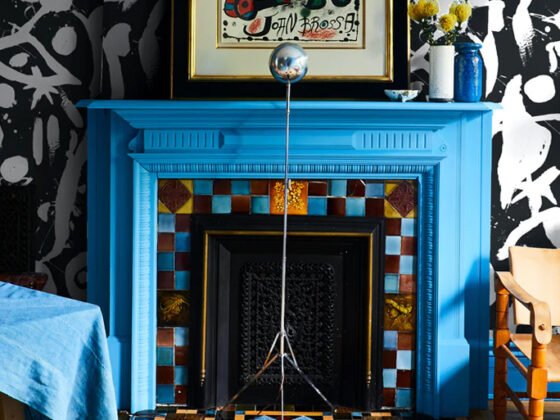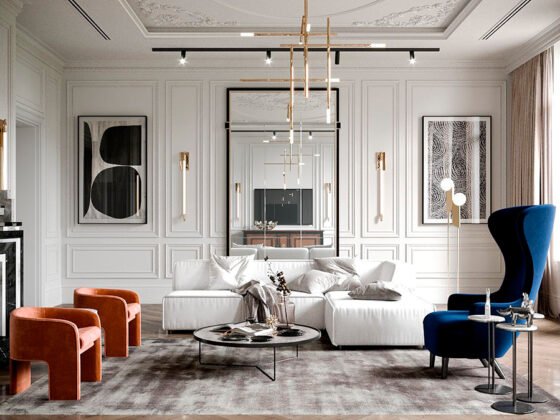In the world of interior design, few styles have the staying power and enduring appeal of the modern interior style. Rooted in the mid-20th century, modern design continues to captivate homeowners, architects, and designers with its blend of timeless elegance and contemporary flair. Let’s delve into the essence of modern interior style and discover what makes it a perennial favorite.
Defining Modern Interior Style
The term “modern” can be a bit misleading when applied to interior design because it refers to a specific period in history. Modern design emerged in the mid-20th century, roughly from the 1920s to the 1950s. However, it has evolved over the years and has come to represent a broader design philosophy characterized by clean lines, minimalism, and functionality.
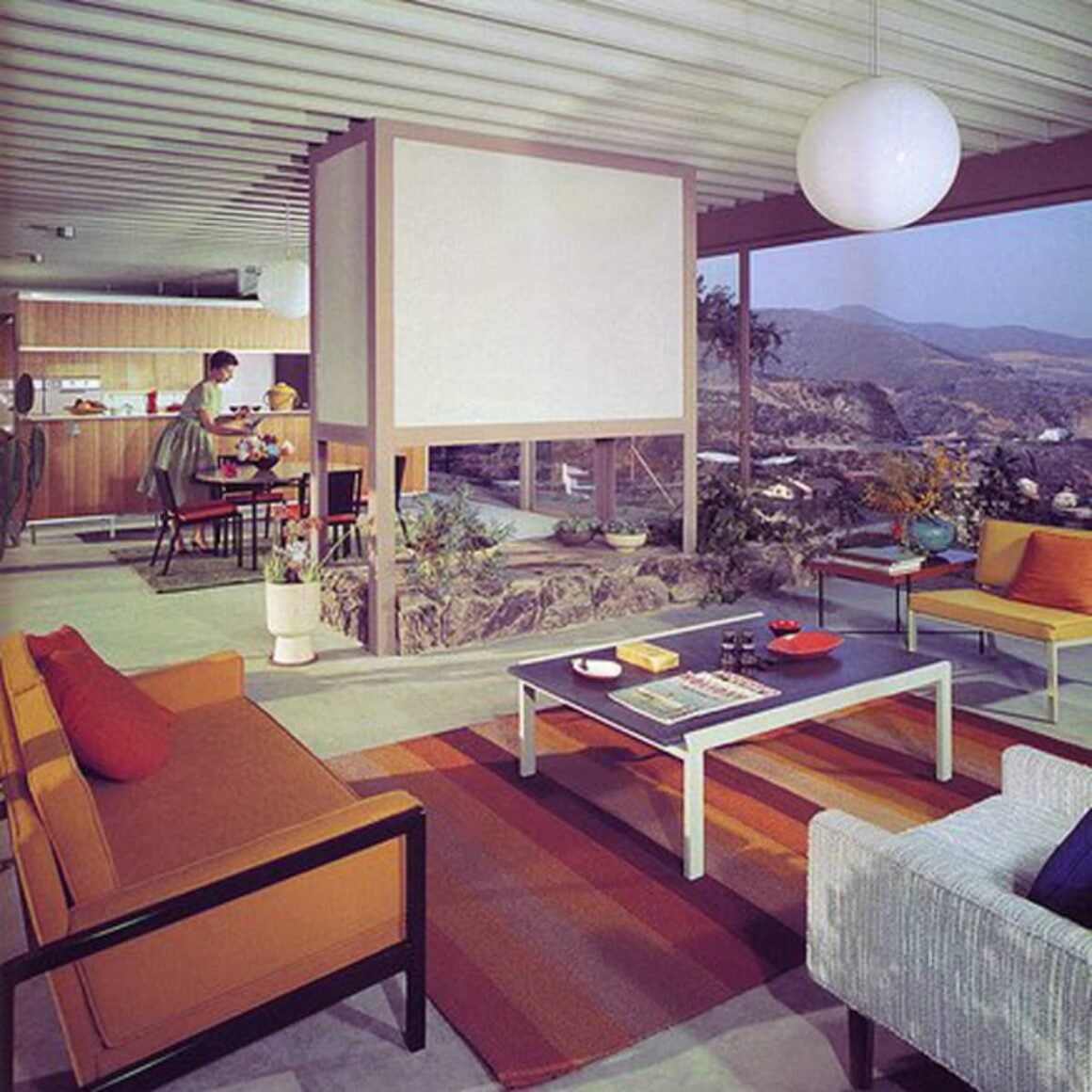
x-ray delta one, CC BY-SA 2.0 via flickr
Key Elements of Modern Interior Style
- Clean Lines: At the core of modern design are clean, straight lines that create a sense of simplicity and order. Furniture, architectural elements, and decor all favor sleek and uncluttered forms.
- Neutral Color Palette: Modern interiors often feature neutral color schemes dominated by shades of white, gray, and beige. These subdued tones create a calm and sophisticated backdrop for the space.
- Open Spaces: Modern design embraces open floor plans and spacious layouts that promote a sense of flow and interconnectedness between different areas within a room or home.
- Minimalism: Less is more in modern interiors. The emphasis is on function and practicality, with minimalistic furniture and decor chosen for their simplicity and efficiency.
- Natural Materials: While modern design often incorporates industrial materials like glass, metal, and concrete, it also celebrates the use of natural materials like wood and stone to add warmth and texture.
- Large Windows: Maximizing natural light is a hallmark of modern design. Large windows, often with minimal window treatments, allow ample sunlight to flood the interior, creating an airy and inviting atmosphere.
- Iconic Furniture: Modern interior style is known for its iconic furniture pieces, such as the Eames Lounge Chair or the Barcelona Chair, which have become timeless classics.
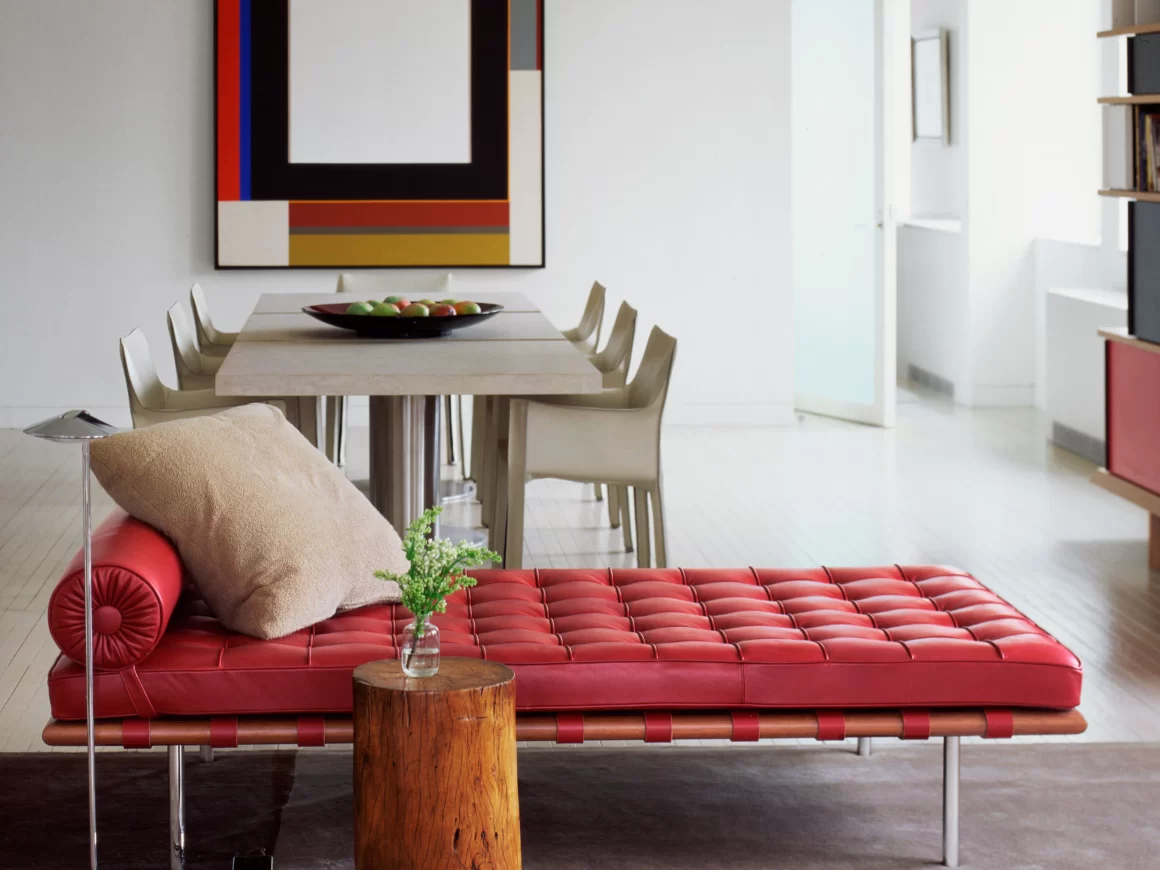
Timeless Appeal
One of the reasons modern interior style endures is its timeless quality. While rooted in a specific historical period, it remains relevant and adaptable to contemporary living. Modern design is not confined to one look but rather evolves with the times, incorporating new materials, technologies, and design innovations.
Balancing Form and Function
Modern interiors excel in balancing form and function. Every element, from furniture to lighting to architectural details, serves a purpose while contributing to the overall aesthetic. This emphasis on functionality aligns with the practical needs of modern living.
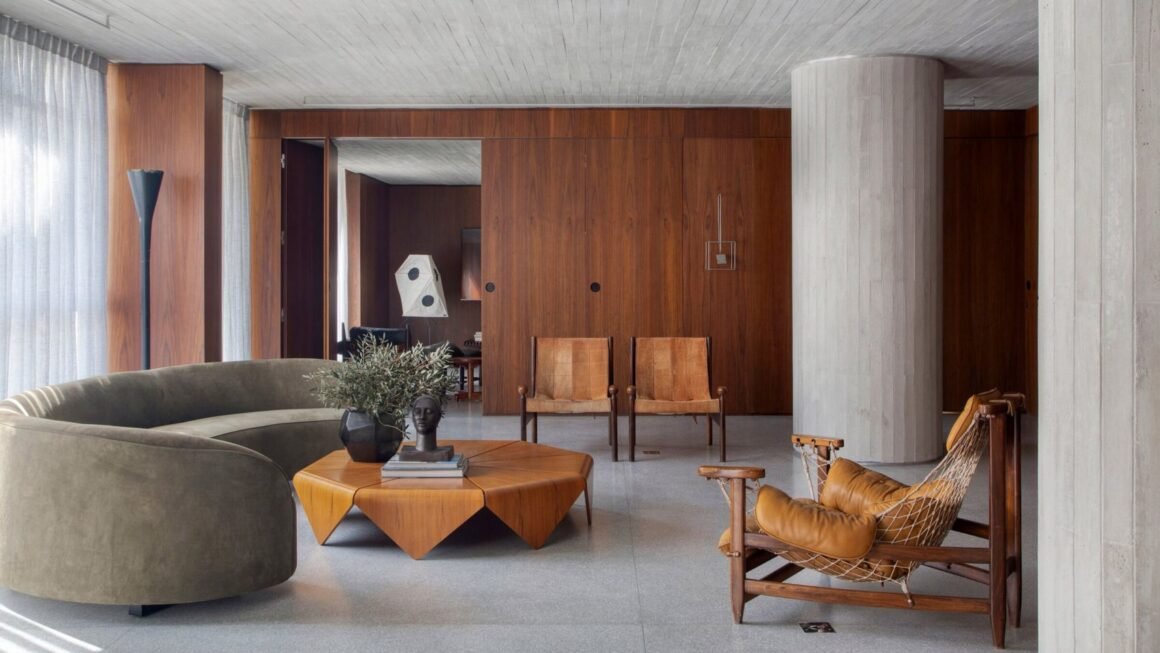
Personalization and Individual Expression
Despite its minimalist tendencies, modern interior design encourages personalization and individual expression. Homeowners have the freedom to infuse their unique style and personality into a modern space through carefully chosen decor, artwork, and furnishings.
In Conclusion, modern interior style continues to be a symbol of elegance and sophistication. Its clean lines, minimalistic approach, and emphasis on functionality make it a timeless choice for those who appreciate the marriage of form and function. Whether you’re furnishing a mid-century modern home or infusing contemporary elements into a space, modern interior style offers a canvas for creativity that stands the test of time.

